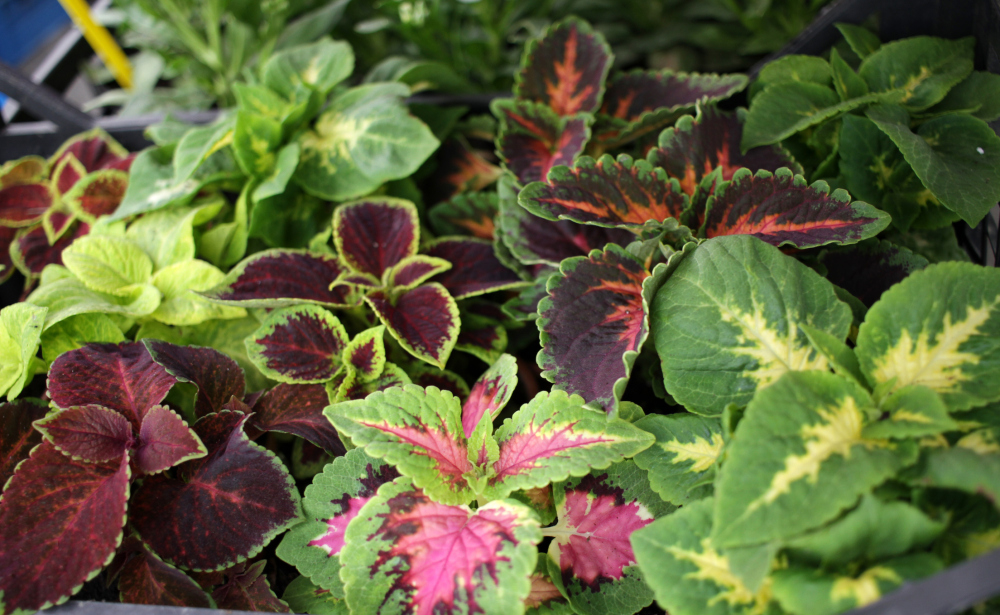
Bold, colorful, and incredibly easy to grow, Coleus is a true showstopper in both gardens and containers. Known for its eye-catching foliage, Coleus comes in an almost endless array of colors, patterns, and leaf shapes—from rich burgundies and lime greens to fiery oranges, pinks, and purples.
Native to Southeast Asia and parts of Africa, Coleus is a member of the mint family and thrives in warm, humid conditions. Though technically a tender perennial, it’s often grown as an annual in cooler climates or as a houseplant indoors year-round.
Whether you're planting it in a shady bed, a mixed container, or a sunny balcony box, here’s everything you need to know to grow healthy, vibrant Coleus.
Coleus is surprisingly versatile when it comes to light. While many varieties prefer partial shade, newer cultivars can tolerate and even thrive in full sun, especially in cooler climates. For the most vibrant colors, aim for bright, indirect light or morning sun with afternoon shade.
Too much shade can cause colors to fade, while too much sun may lead to scorched leaves—especially with lighter-colored varieties.
Coleus likes consistently moist, well-draining soil, but not soggy conditions. Water when the top inch of soil feels dry. In hot weather, especially for container-grown plants, you may need to water daily.
Avoid letting the plant dry out completely, as wilting can cause leaf drop. On the flip side, be cautious of overwatering, particularly in pots without drainage.
Coleus does best in rich, well-draining soil with organic matter. A standard potting mix works well for containers. If planting in the ground, mix in compost to boost nutrients and drainage.
In containers, make sure pots have adequate drainage holes to prevent root rot.
Feed Coleus with a balanced, water-soluble fertilizer every 2–4 weeks during the growing season (spring to early fall). This promotes strong growth and keeps the colors vivid. For container plants, regular feeding is especially important, as nutrients wash out more quickly with frequent watering.
Coleus prefers warm temperatures between 60–85°F (15–29°C) and is sensitive to cold. It is hardy in USDA zones 10–11, but in cooler climates, it must be treated as an annual or brought indoors over winter.
If you’re overwintering indoors, place your Coleus near a bright window and reduce watering during the colder months.
To keep your Coleus full and bushy, pinch back the growing tips regularly—especially when young. This encourages branching and a more compact shape. If the plant begins to flower, snip off the flower spikes to keep energy focused on foliage production.
Don’t be afraid to give it a haircut! Coleus responds well to pruning and will bounce back quickly.
Coleus is incredibly easy to propagate from stem cuttings. Simply snip a 4–6" cutting just below a leaf node, remove the lower leaves, and place it in water or moist soil. Roots will develop in about 1–2 weeks.
This makes it easy to share with friends or overwinter cuttings indoors for next season’s garden.
Coleus is generally low-maintenance, but it can attract aphids, mealybugs, or spider mites, especially indoors. Check leaves regularly and treat infestations with insecticidal soap or neem oil.
Ensure good air circulation and avoid overwatering to prevent fungal diseases like powdery mildew or root rot.
Coleus is considered toxic to pets, especially if ingested in large quantities. Keep it out of reach of curious cats and dogs, particularly if you’re growing it indoors.